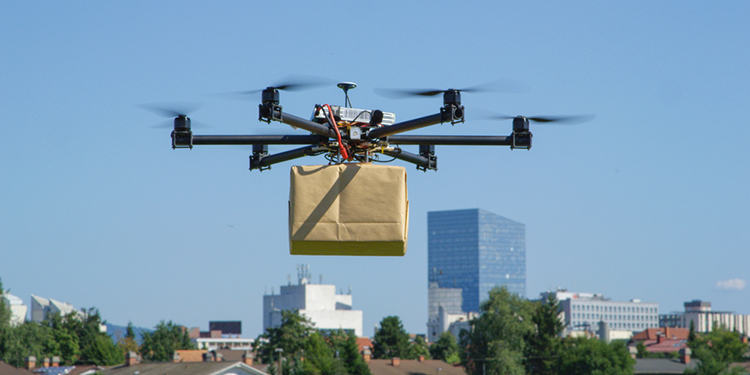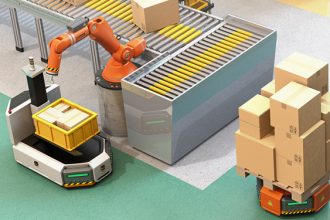Sustainable Parcel Delivery: Innovative Solutions Address Last Mile Challenges

Last mile delivery costs account for more than 50% of the total cost of global parcel delivery ($78.5 billion), found a report from McKinsey & Company. Further, parcel deliveries are expected to double in volume by 2026. That not only requires a lot of labor to manage and distribute all those packages, but it’s also compounding the impact of CO2 and other emissions worldwide, particularly in congested urban areas. The combination of increasing climate change awareness, stricter regulations and consumer interest in environmentally friendly business strategies has therefore made sustainability a key priority for logistics companies. They’re responding with a variety of innovative solutions — including drones, robots, and electric-powered vehicles — to make the last mile significantly greener.
Among the solutions being piloted are alternative delivery fleets outfitted with electric vehicles and e-bikes, some of which augment people power with a small motor that helps maintain speeds as their rider pedals. With batteries becoming lighter, more powerful and able to operate for longer periods of time, these vehicles are able to cover more ground — and make more deliveries — on a single charge.
Additionally, robots and autonomous vehicles are increasingly being piloted for last mile deliveries in several U.S. cities. Deployed for a variety of purposes, including deliveries of food and same-day package orders from retailers with urban fulfillment centers, at least four companies are active in this space: Udelv with an autonomous delivery van; Nuro with a self-driving pizza delivery robot; Boxbot, an automated local hub served by a fleet of street-based delivery vehicles; and Starship, a network of small delivery robots that connect customers with grocery stores and fast-food outlets.
Drones also offer a zero-emissions last mile delivery solution. Seen as being better suited for rural locations that lack the density of buildings and people in urban environments, this technology is also being piloted in a variety of areas and applications. The roll out of both drones and autonomous vehicles, however, is impacted by the pace of the regulatory process, as lawmakers exercise caution when adopting rules that control the use of such vehicles.
However, progress is being made, with the Federal Aviation Administration recently allowing a U.S. drone delivery company to operate as an airline, and California’s Department of Motor Vehicles considering a rule change that would allow companies to deploy light-duty, self-driving vehicles under 10,001pounds to be tested on public roads.
Want to learn more about innovative technologies are helping last-mile deliveries be more environmentally friendly? MHI Solutions magazine recently published an article on this topic, “Sustainable Last Mile Deliveries.”



